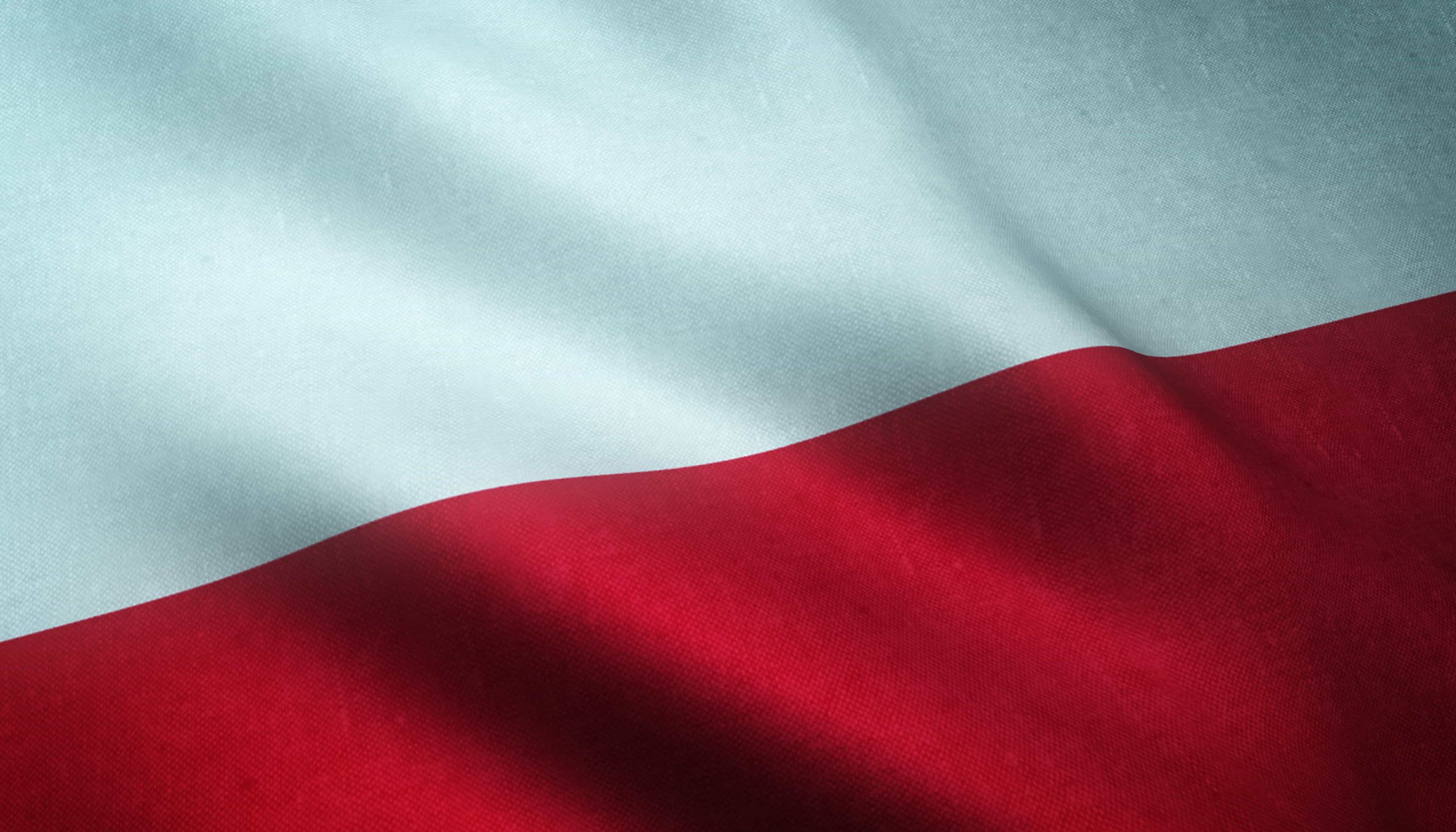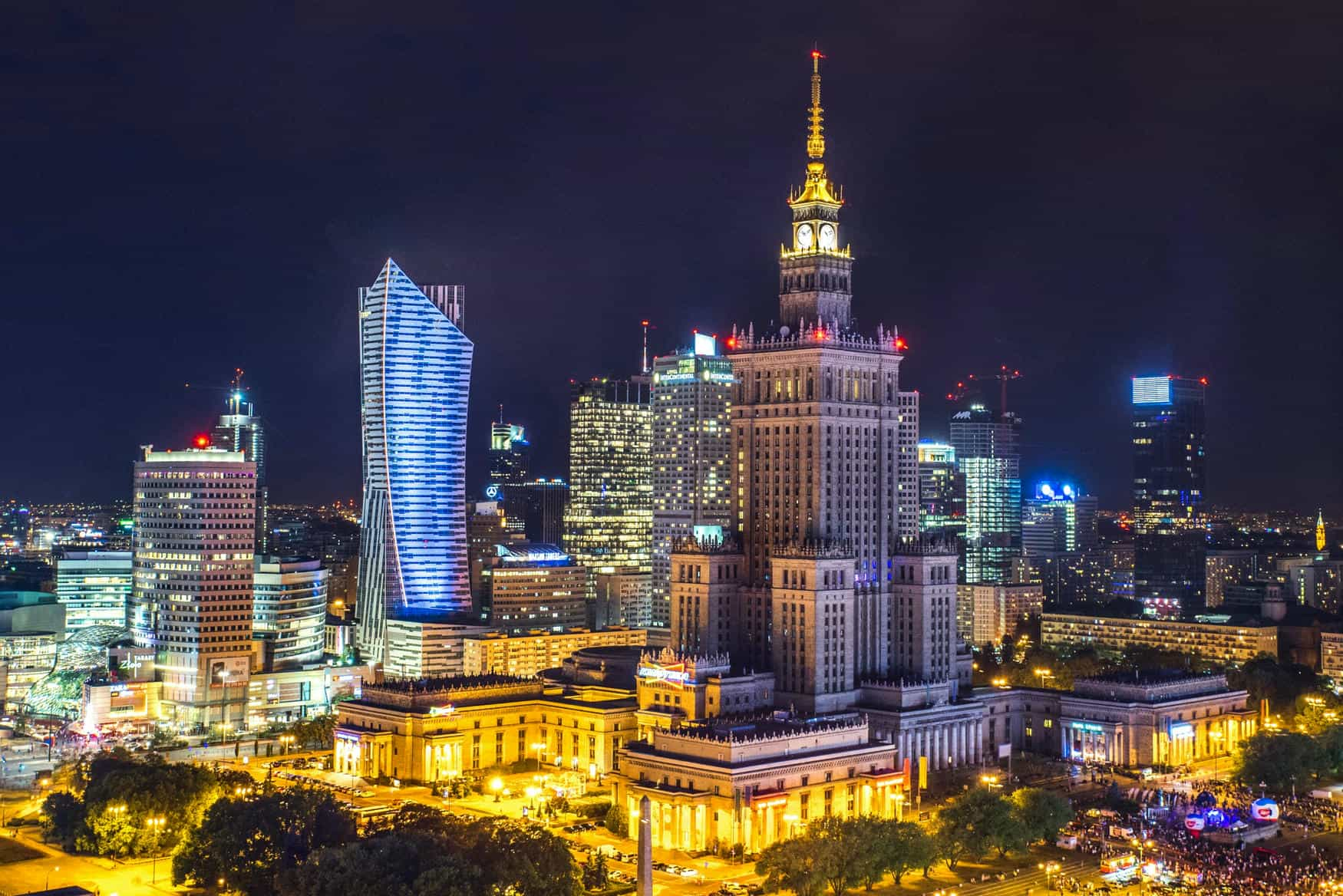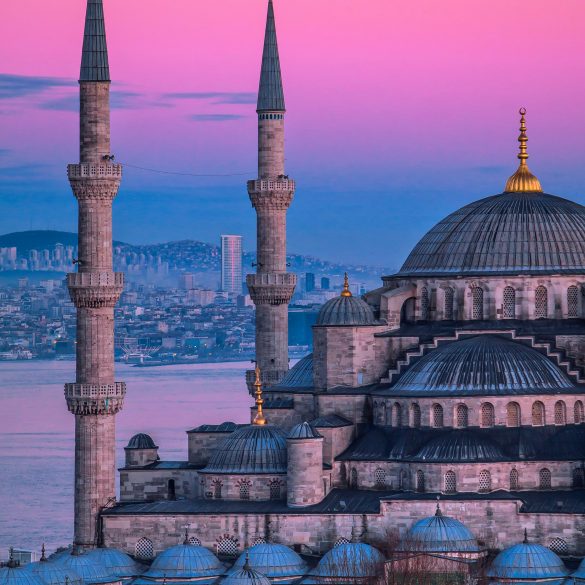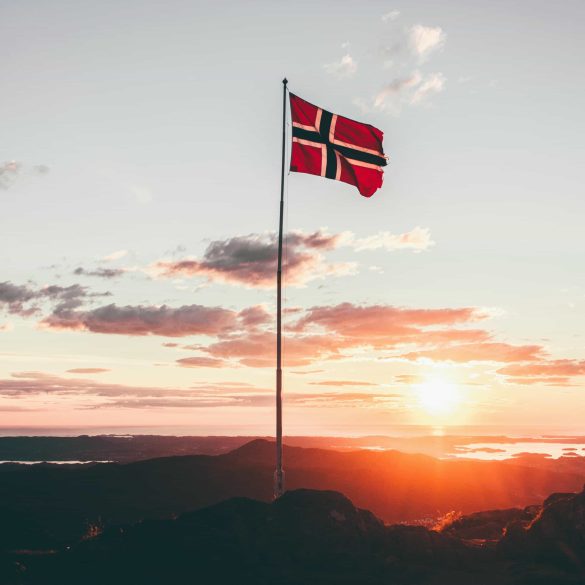Polish Culture Guide: Traditions, Heritage & Modern Society
What really strikes me about Polish culture is how it manages to be both deeply rooted in tradition and remarkably adaptive to modern life. I’ve consistently found that Poland represents one of Europe’s most fascinating cultural tapestries—one where medieval castles coexist with cutting-edge technology, where ancient folk traditions blend seamlessly with contemporary artistic expression, and where family values remain paramount despite rapid social change.
Poland’s cultural identity has been shaped by over a millennium of complex history, including periods of great prosperity, devastating wars, foreign occupation, and remarkable resilience. This isn’t just academic history, mind you—it’s living, breathing culture that influences everything from how Poles approach hospitality to their passionate dedication to education and intellectual discourse.
Key Cultural Insight
Polish culture operates on what I call “layers of belonging”—from intimate family circles to neighborhood communities, from regional identities to national pride. Understanding these interconnected layers is crucial for appreciating how Polish society functions and evolves.
The thing that constantly amazes me is how Polish culture maintains its distinctiveness while embracing global influences. During my research, I’ve discovered that Poland’s approach to cultural preservation isn’t about freezing traditions in time—it’s about allowing them to evolve organically while maintaining their essential character.
Cultural Fact
Poland is home to 16 UNESCO World Heritage Sites, reflecting its rich cultural and historical significance. From the medieval Old Town of Kraków to the Białowieża Forest, these sites represent the extraordinary diversity of Polish cultural heritage.
I need to be honest here—Polish culture can’t be understood through simple generalizations. What I’ve learned over the years is that Poland’s cultural complexity stems from its unique position at the crossroads of Eastern and Western Europe, its Catholic heritage, its experience with both monarchy and socialism, and its rapid transition to a market economy.
This exploration will take us through the intricate layers of Polish culture, from its historical foundations to its contemporary manifestations. We’ll examine how traditional customs continue to shape daily life, how modern Polish society navigates between tradition and innovation, and how regional variations create a rich mosaic of cultural expression across the country.
Actually, let me clarify something important upfront. When we talk about Polish culture, we’re not discussing a monolithic entity. Poland’s cultural landscape varies significantly between regions, generations, and social groups. The Poland of bustling Warsaw differs markedly from rural Podlaskie, just as the experiences of younger Poles often contrast sharply with those of older generations who lived through communism.
Cultural Foundations and Historical Roots
Here’s where Polish culture gets really fascinating—its foundations rest on what I call the “triple heritage” of Slavic traditions, Catholic Christianity, and Western European influences. This combination created something genuinely unique in European cultural development.
The Slavic roots run deep, deeper than most people realize. Before Christianity arrived in 966 CE, Poland was already rich with folk traditions, agricultural customs, and community-based social structures1. These early traditions emphasized collective responsibility, seasonal celebrations, and a profound connection to the land—values that continue to influence Polish society today.
| Historical Period | Cultural Influence | Lasting Impact |
|---|---|---|
| Pre-Christian Era | Slavic folk traditions | Folk art, seasonal festivals |
| 966-1569 CE | Catholic Christianity | Religious holidays, moral framework |
| 1569-1795 | Polish-Lithuanian Commonwealth | Multiculturalism, religious tolerance |
| 1795-1918 | Partitions period | Cultural resistance, national identity |
What really gets me excited about Polish cultural history is the Polish-Lithuanian Commonwealth period. This wasn’t just a political union—it was a cultural experiment in tolerance that was centuries ahead of its time. The Commonwealth embraced Polish, Lithuanian, Ruthenian, German, and Jewish cultures, creating a remarkably diverse society2.
Traditional Customs and Celebrations
Polish celebrations are something else entirely. I mean, where else do you find Easter traditions that involve elaborate egg decorating (pisanki) alongside dynamic water-throwing festivities (Śmigus-Dyngus)? These aren’t just quaint customs—they’re living expressions of cultural values that emphasize family unity, seasonal rhythms, and community bonds.
Traditional Polish Holidays
- Wigilia (Christmas Eve) – The most important family gathering of the year
- Easter celebrations – Including elaborate blessing of Easter baskets (Święconka)
- All Saints’ Day – When families visit graveyards with flowers and candles
- Name Days – Often more important than birthdays in traditional Polish culture
The thing about Polish hospitality customs is they’re not just about being polite—they reflect deep cultural values about human dignity and social responsibility. When Polish families say “Gość w dom, Bóg w dom” (A guest in the house is God in the house), they’re expressing something fundamental about how relationships and community function3.
But here’s what I find most intriguing: Polish folk traditions aren’t museum pieces. They’re actively practiced, adapted, and transmitted across generations. Rural areas maintain stronger connections to traditional customs, while urban areas often modify these practices to fit contemporary lifestyles. It’s cultural evolution in action.
Folk art traditions deserve special mention because they represent Poland’s democratic cultural heritage. Unlike aristocratic art forms, Polish folk traditions—from paper cutouts (Wycinanki) to wooden sculptures—emerged from ordinary people’s creativity and remain accessible to everyone. This accessibility has helped preserve these traditions through periods of political upheaval and social change4.
Actually, I should clarify something about regional variations. Poland’s folk traditions vary dramatically between regions. Highlander culture in the Tatra Mountains differs significantly from the maritime traditions of coastal Pomerania, and both contrast with the agricultural customs of central Poland. This diversity reflects Poland’s complex geographical and historical development.

Contemporary Polish Society
Modern Polish culture is absolutely fascinating—it’s like watching a cultural renaissance in real time. Since 1989, Poland has undergone one of the most dramatic social transformations in European history, and honestly, the speed of change sometimes leaves me breathless.
What strikes me most about contemporary Poland is how it’s managed to modernize without losing its cultural soul. Young Poles navigate between traditional family values and global cosmopolitan lifestyles with remarkable skill. They’re equally likely to celebrate traditional name days and attend international music festivals, to value Catholic teachings and embrace secular higher education5.
| Cultural Aspect | Traditional Expression | Contemporary Adaptation |
|---|---|---|
| Family Structure | Extended family networks | Nuclear families with strong extended ties |
| Education Values | Respect for learning | High university attendance rates |
| Work Ethics | Craftsmanship pride | Entrepreneurial innovation |
| Cultural Expression | Folk arts and crafts | Contemporary art and design |
The educational culture in Poland is something I find particularly impressive. Polish families maintain an almost reverent attitude toward education that traces back centuries. This isn’t just about practical career advancement—it’s about cultivating intellectual curiosity and cultural sophistication as personal values6.
Urban vs. Rural Cultural Dynamics
Here’s where things get really interesting. Poland’s urban centers—Warsaw, Kraków, Gdańsk, Wrocław—have developed distinctly cosmopolitan cultures that blend international influences with Polish traditions. Meanwhile, rural areas maintain stronger connections to traditional customs, creating fascinating cultural dialogue between different parts of the country.
Contemporary Polish Cultural Values
- Family solidarity combined with individual achievement
- Respect for education and intellectual development
- Strong work ethic with emphasis on craftsmanship
- Environmental consciousness and sustainability
- Cultural pride balanced with global awareness
Polish young people navigate multiple cultural identities simultaneously. They’re European Union citizens, global digital natives, and inheritors of distinctly Polish cultural traditions. This isn’t creating identity conflicts—it’s creating cultural synthesis that’s genuinely exciting to observe.
The role of women in Polish culture has undergone particularly dramatic changes. Traditional Polish culture emphasized women’s roles as family caregivers and cultural transmitters. Contemporary Polish women maintain strong family connections while pursuing professional careers, political engagement, and cultural leadership7.
Food culture provides another fascinating example of cultural evolution. Traditional Polish cuisine—pierogi, kielbasa, bigos—remains central to family gatherings and cultural celebrations. But contemporary Polish food culture has embraced international cuisines, health-conscious eating, and innovative culinary approaches that honor traditional flavors while exploring new possibilities.
Art and cultural expression in modern Poland are absolutely vibrant. Polish film, literature, music, and visual arts engage with both local traditions and global artistic movements. Polish artists aren’t choosing between being Polish or being international—they’re creating art that’s distinctly Polish precisely because it engages with global cultural conversations8.
I have to mention the remarkable cultural confidence I observe in contemporary Poland. After centuries of foreign occupation and decades of communist rule, Poland has rediscovered its cultural voice. This isn’t nostalgic nationalism—it’s confident cultural participation in European and global cultural development.
Modern Challenges and Cultural Evolution
Let me be completely honest about the challenges facing Polish culture today. Like many European societies, Poland grapples with balancing cultural preservation and modernization, managing generational differences, and addressing the impacts of globalization and digitalization.
One of the most significant challenges involves generational perspectives on cultural values. Older generations, who lived through communism and witnessed Poland’s democratic transformation, often prioritize cultural continuity and traditional values. Younger generations, who grew up in democratic, EU-member Poland, approach cultural tradition with more flexibility and global awareness9.
Contemporary Cultural Challenges
- Balancing traditional values with modern lifestyle demands
- Managing urban-rural cultural differences
- Addressing emigration and cultural diaspora
- Preserving regional dialects and local customs
- Integrating immigrant communities into Polish cultural framework
Migration presents another complex cultural challenge. Millions of Poles have emigrated for economic opportunities, creating global Polish communities that maintain cultural connections while adapting to new environments. Simultaneously, Poland has become a destination for Ukrainian, Belarusian, and other immigrants, creating new questions about cultural integration and multicultural society10.
Future Outlook and Cultural Preservation
What gives me genuine optimism about Polish culture’s future is its demonstrated resilience and adaptability. Polish culture has survived partitions, wars, occupations, and political transformations while maintaining its essential character. This suggests strong foundation for navigating contemporary challenges.
Digital technology offers both challenges and opportunities for Polish cultural preservation. Online platforms enable global sharing of Polish traditions, language, and arts. Virtual museums, digital archives, and social media communities help maintain cultural connections across geographical distances11.
The European Union context provides another fascinating dimension. Poland’s EU membership has facilitated cultural exchange while supporting cultural preservation through funding and programs. This demonstrates how international cooperation can strengthen rather than weaken national cultural identity.
Looking ahead, I believe Polish culture will continue evolving through creative synthesis rather than simple preservation or wholesale modernization. Young Polish artists, writers, musicians, and cultural leaders are creating new expressions of Polish identity that honor historical traditions while engaging contemporary global conversations.
Cultural Preservation Strategies
Poland’s approach to cultural preservation emphasizes active engagement rather than passive conservation. Cultural institutions support living traditions, educational programs transmit cultural knowledge, and public policies encourage cultural participation across all social groups.
The strength of Polish culture lies in its people’s commitment to cultural transmission and adaptation. Polish families continue teaching traditional values while encouraging individual growth. Polish communities maintain cultural celebrations while embracing cultural innovation. This balance suggests a promising future for Polish cultural development.
References



